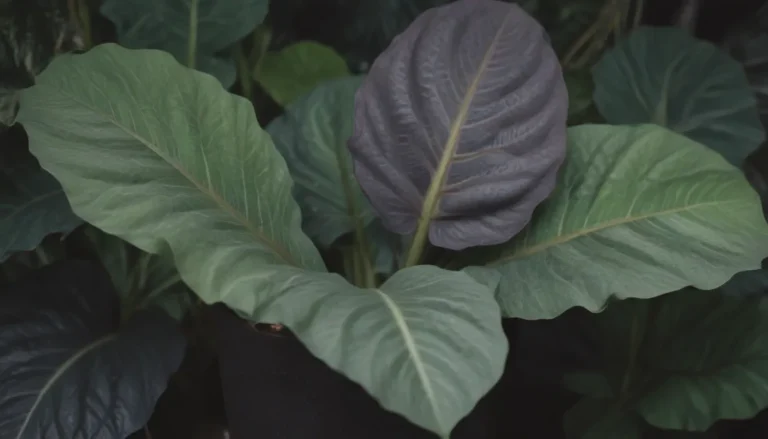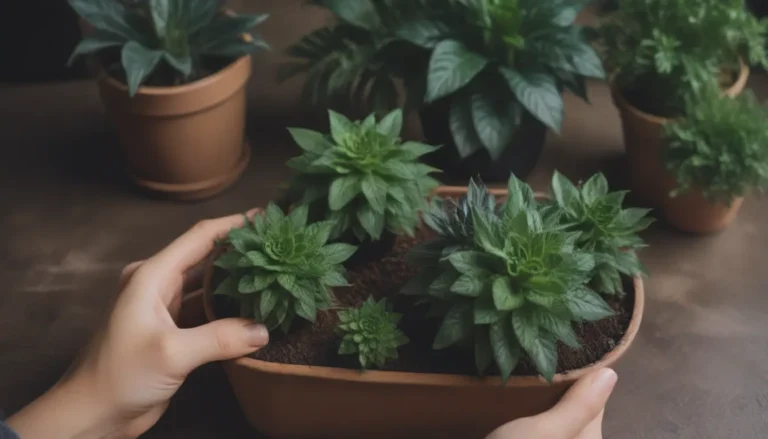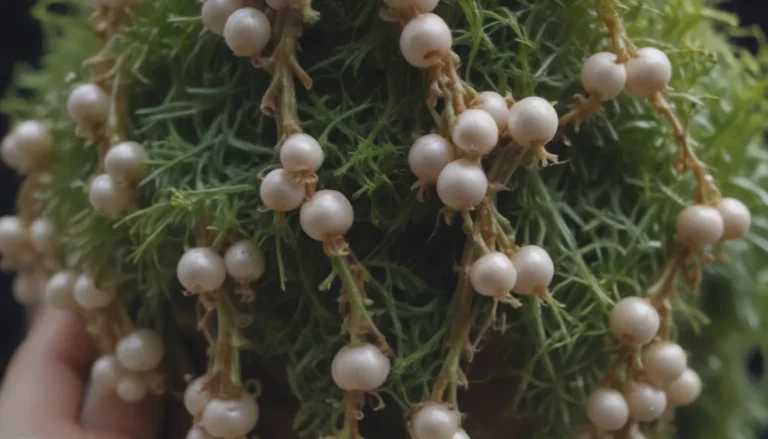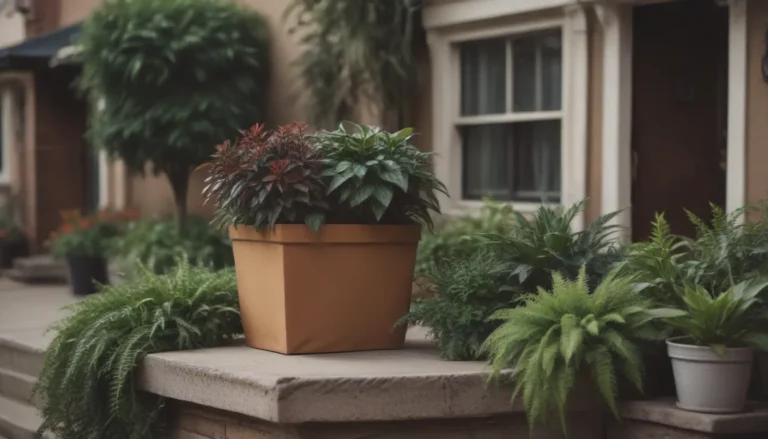The Comprehensive Guide to Growing Shallots
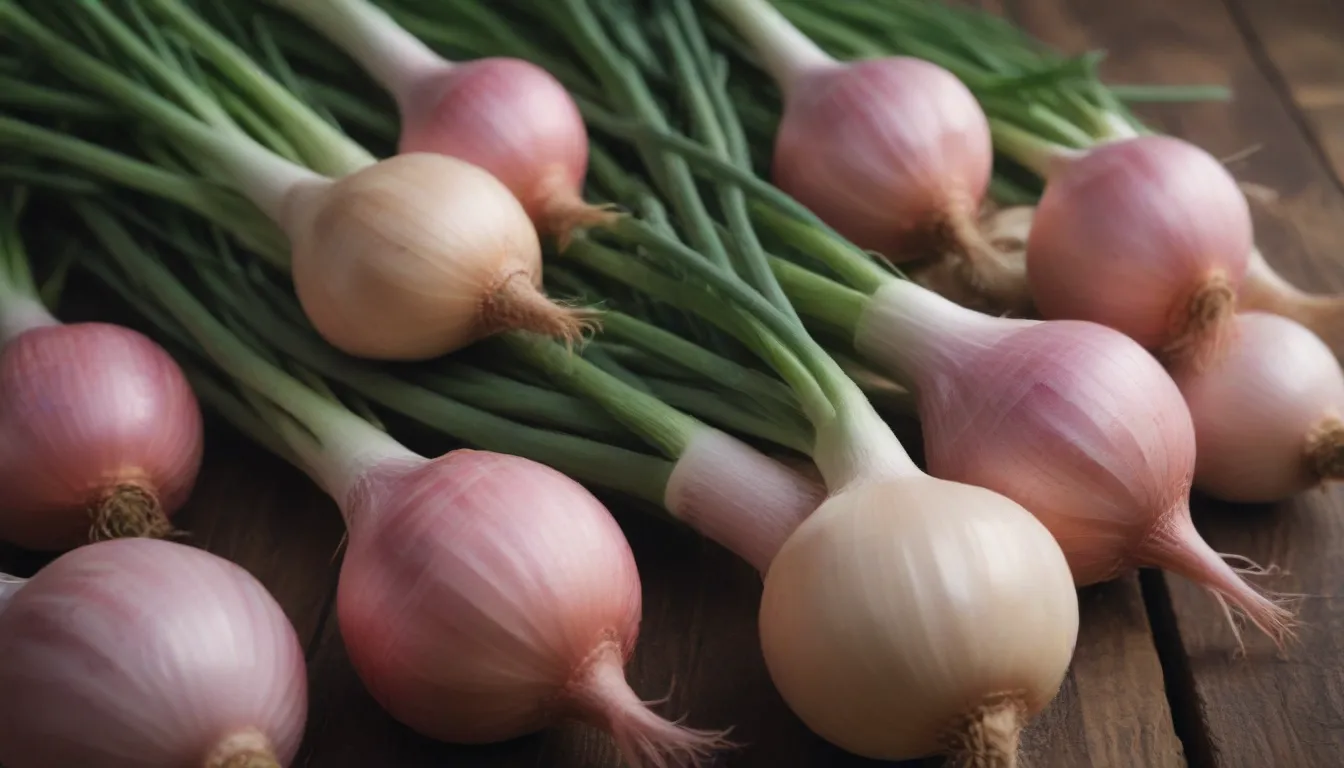
Shallots, a member of the Allium genus, are a delightful addition to any garden for their mild onion flavor and versatile uses in various dishes. If you’re looking to grow shallots in your own backyard, this guide is here to provide you with all the information you need to get started. From planting to harvesting and everything in between, we’ll cover all aspects of growing shallots in detail.
Getting to Know Shallots
Shallots belong to the onion subgroup known as “multiplier onions,” as they produce two or more bulbs per plant. While they were once considered a separate species, shallots are now classified as an onion variety. These plants multiply in the ground like garlic but have concentric layers like onions. Shallots are smaller than garlic bulbs and boast a mild onion flavor, making them a popular choice for many gardeners.
How to Plant Shallots
Planting shallots is a relatively straightforward process, whether you’re using commercial sets or store-bought shallots. Follow these steps to ensure your shallots thrive:
Planting Time
- Plant shallot sets in late fall for an early summer harvest.
- Alternatively, plant sets in early spring for a fall harvest.
- Sow shallot seeds outdoors 4 weeks before the last frost date or start seeds indoors 8-10 weeks before the average last frost date.
Selecting a Planting Site
- Choose a sunny spot with well-draining soil for your shallots.
- Ensure the planting site is not prone to flooding and provides adequate space for the plants to grow.
Spacing, Depth, and Support
- Plant shallot cloves with the thick end pointing down and the top just above the soil line.
- Space cloves 6 to 8 inches apart in rows with 12 to 18 inches between each row.
- Shallots do not require a support structure to grow.
Shallot Care Tips
Proper care is essential for the successful growth of your shallots. Here are some tips to help you ensure your plants thrive:
Light
- Grow shallots in full sun for at least six hours a day.
- They can tolerate some shade but may not be as robust.
Soil
- Plant shallots in well-draining soil with a pH of 5.5 to 7.0.
- Enrich the soil with organic matter for optimal growth.
Water
- Keep the soil lightly moist throughout the growing season.
- Water shallots regularly, especially during dry spells, providing about an inch of water per week.
Temperature and Humidity
- Shallots need a cool dormant period before they start growing.
- They prefer soil temperatures between 35 and 90 degrees Fahrenheit.
Fertilizer
- While shallots generally do not require fertilizer, amending the soil with compost in the spring can improve nutrient levels and drainage.
Types of Shallots
Shallots come in various varieties, including traditional heirlooms and hybrids bred for size and storage longevity. Some popular types of shallots include ‘French Gray,’ ‘French Red,’ ‘Frog’s Leg,’ ‘Ambition,’ and ‘Conservor.’
Shallots vs. Scallions
It’s common for shallots and scallions to be confused due to their similar appearance. However, they are used differently in the kitchen. Scallions are harvested when the bulbs are immature, primarily for their green leaves. Shallots, on the other hand, are used for their small, fully mature bulbs, which offer a stronger flavor than scallions.
Harvesting Shallots
Shallots are typically ready to harvest 100-120 days after planting. Look for brown, withered tops as a sign that they are ready for digging. Cure the harvested shallots in a dry, shady spot for a couple of weeks before storing them in a cool, dry area. Shallots can be stored for up to eight months and used in a variety of recipes for their mild onion-garlic flavor.
Growing Shallots in Pots
Container gardening is a convenient way to grow shallots, allowing you to control sunlight exposure and water intake. Follow these steps to grow shallots in pots:
- Use a 6-inch diameter pot for each clove, spaced 6 inches apart.
- Ensure the containers have proper drainage and provide ample water to the plants.
- Fertilize container-grown shallots in the early spring with a balanced fertilizer.
Common Pests and Plant Diseases
Shallots are susceptible to diseases like white rot and neck rot, as well as pests like onion fly larvae and rodents. Here are some tips to protect your shallots from these threats:
- Rotate crops to prevent soil-borne diseases.
- Plant carrots nearby to deter onion fly larvae.
- Use exclusion techniques, such as fencing, to keep rodents away from your garden.
Propagating Shallots
Shallots can be propagated using bulbs from the previous harvest. Each bulb planted typically produces several new bulbs, reducing the need to buy more shallots. Follow these steps to propagate shallots:
- Divide and plant bulbs in the garden when the danger of frost has passed.
- Plant bulbs 4 to 6 inches apart and provide adequate care for optimal growth.
Conclusion
Growing shallots can be a rewarding experience for any gardener, whether you’re a novice or seasoned pro. By following the tips and guidelines outlined in this comprehensive guide, you can enjoy a bountiful harvest of flavorful shallots in your own backyard. Happy gardening!
